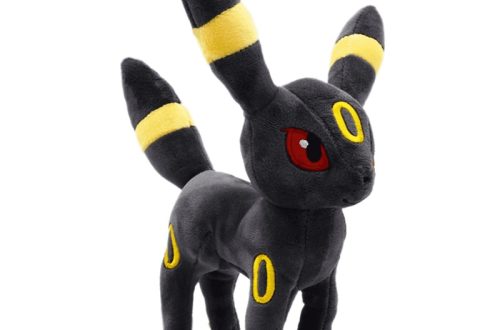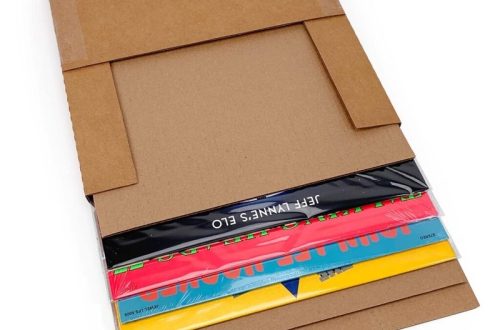Part 1: Introduction to Animal Toys for Preschoolers
Animal toys are a staple of childhood play and can provide numerous benefits for preschoolers. From fostering imaginative play to promoting emotional development, these toys are an essential part of a child’s early years. In this article, we will explore the importance of animal toys for preschoolers and the various types available on the market.
1. Fostering Imagination and Creativity:
Animal toys are a treasure trove for preschoolers, igniting their imaginations and encouraging creative play. As they interact with these toys, children can create their own unique worlds, filled with fantastical adventures and imaginative scenarios. Whether they’re staging a jungle safari, a farm visit, or a magical underwater adventure, animal toys provide endless possibilities for storytelling and role-playing.
This imaginative play is essential for preschoolers’ cognitive development, as it helps them develop problem-solving skills, critical thinking, and a sense of curiosity. By creating their own stories and scenarios, children are learning to think creatively, express their ideas, and navigate different challenges.

2. Nurturing Emotional Connections:
Beyond imaginative play, animal toys can also help preschoolers develop important emotional skills. As children care for and nurture their toy animals, they are learning to empathize with others and develop a sense of compassion. They can experience the joy of giving, the importance of kindness, and the responsibility of caring for another being.
These emotional connections can have a profound impact on a child’s development. By understanding the feelings of others, children are better equipped to navigate social situations, build friendships, and develop empathy for all living things. Animal toys can provide a safe and supportive environment for children to explore their own emotions and learn to express themselves in healthy ways.
Part 2: Types of Animal Toys for Preschoolers
There is a wide variety of animal toys available for preschoolers, catering to different interests and developmental needs. From plush toys to interactive figurines, the options are endless.
1. Plush Toys: More Than Just Playmates
Plush toys are a classic choice for preschoolers, offering comfort, companionship, and endless possibilities for imaginative play. These soft, cuddly creatures become cherished companions, providing a sense of security and reassurance. They can be used as comfort objects during times of stress or anxiety, helping children feel safe and loved.
Beyond their emotional benefits, plush toys can also stimulate a child’s imagination and creativity. Preschoolers can use these toys to create their own stories and adventures, developing their language skills and storytelling abilities. They can pretend to care for their toy animals, learning about responsibility and empathy.

2. Interactive Figurines: Bringing Playtime to Life
Interactive figurines add a new dimension to playtime for preschoolers. These toys often make sounds, move, or have other interactive features that engage children in creative and imaginative play scenarios. They can be used to create realistic animal habitats, explore different ecosystems, and learn about animal behavior.
Interactive figurines can also help develop a child’s fine motor skills, as they often require dexterity and precision to operate. They can also stimulate cognitive development, as children learn to problem-solve and understand cause-and-effect relationships.
Part 3: Educational Benefits of Animal Toys for Preschoolers
Animal toys offer numerous educational benefits for preschoolers, helping them develop essential skills and knowledge through play.
1. Language Development: A Vocabulary Boost
Animal toys offer a rich environment for preschoolers to expand their vocabulary and improve their language skills. As children interact with these toys, they are naturally exposed to new words and phrases, learning the names of different animals, their sounds, and their habitats. This exposure can significantly enhance their language development and prepare them for future learning.
Moreover, animal toys can encourage storytelling and imaginative play, which further aids in language development. As children create their own narratives and bring their animal characters to life, they are practicing their communication skills, expressing their ideas, and developing a greater understanding of storytelling structures.

2. Learning About Nature: A Fun and Engaging Experience
Animal toys can serve as a gateway to the natural world, introducing preschoolers to a variety of species, habitats, and animal behaviors in a fun and engaging manner. By playing with animal toys, children can explore different ecosystems, learn about the characteristics of various animals, and understand the interconnectedness of nature.
This exposure to the natural world can foster a sense of curiosity and wonder in children, inspiring them to learn more about animals and their environments. It can also help them develop a greater appreciation for the diversity of life on Earth and a desire to protect and conserve nature.
Part 4: Emotional and Social Development Through Animal Toys
In addition to their educational value, animal toys also play a crucial role in supporting emotional and social development in preschoolers.
1. Nurturing and Empathy: Building Emotional Intelligence
Animal toys can be powerful tools for fostering emotional intelligence and social skills in preschoolers. As children care for their toy animals, they are naturally practicing nurturing behaviors, such as feeding, comforting, and protecting their furry friends. This can help them develop empathy, understanding the feelings and needs of others.
By experiencing the joy of giving and the responsibility of caring for another being, children are learning valuable life lessons. They can develop a sense of compassion, kindness, and understanding, which are essential qualities for building healthy relationships and navigating social situations.

2. Sharing and Cooperation: Fostering Social Skills
Animal toys can also encourage cooperative play and promote social skills among preschoolers. When children play together with their animal toys, they are naturally learning to share, take turns, and negotiate with their peers. These interactions can help them develop essential social skills, such as communication, compromise, and teamwork.
By playing cooperatively, children can learn to appreciate the perspectives of others and understand the importance of working together to achieve common goals. This can help them build strong friendships and develop a sense of belonging within their social group.
Part 5: Choosing the Right Animal Toys for Preschoolers
When selecting animal toys for preschoolers, it’s essential to consider factors such as safety, durability, and developmental appropriateness to ensure a positive play experience.
1. Safety Standards: Protecting Young Minds
It’s essential to choose toys that meet recognized safety standards. Look for toys that are free from small parts, as these can pose a choking hazard for young children. Additionally, ensure that the toys are made from non-toxic materials to prevent any potential health risks.
When purchasing toys, check for safety labels or certifications that indicate the toy has been tested and approved for child safety. This will give you peace of mind knowing that the toy meets the highest safety standards.
2. Durability and Washability: Built to Last
Preschoolers are known for their energetic and sometimes rough play. Therefore, it’s important to select toys that are durable and can withstand the rigors of childhood. Look for toys made from sturdy materials that won’t easily break or become damaged.
Additionally, consider the ease of cleaning. Preschoolers can be messy, so toys that are easy to wash or clean are essential. Toys made from washable fabrics or materials that can be wiped clean are ideal.

Part 6: Engaging Preschoolers in Animal Toy Play
Encouraging active and creative play with animal toys can enhance the overall play experience for preschoolers, fostering their cognitive, emotional, and social development.
1. Role-Playing Scenarios: Unleashing Imagination
To further enrich the playtime experience with animal toys, provide preschoolers with props and prompts that inspire imaginative role-playing scenarios. This can encourage creative storytelling and enhance their language skills.
For example, you could create a jungle setting with toy trees, vines, and a river. Then, provide prompts like “Pretend you’re a lion hunting for prey in the jungle” or “Imagine you’re a monkey swinging through the trees.” This will stimulate their creativity and encourage them to develop their own narratives.
2. Incorporating Learning Elements: A Fun and Educational Approach
Animal toys can also be used to enhance preschoolers’ cognitive and early math skills. By integrating these toys into activities that involve sorting, matching, or simple counting exercises, you can make learning fun and engaging.
For instance, you could create a matching game where children match animal figurines to their corresponding habitats. Or, you could ask them to count the number of different animals in their toy collection. These activities can help preschoolers develop their observation skills, problem-solving abilities, and early mathematical concepts.
By understanding the significance of animal toys for preschoolers and selecting toys that align with their developmental needs, caregivers and educators can effectively support children’s growth and learning through meaningful play experiences.




